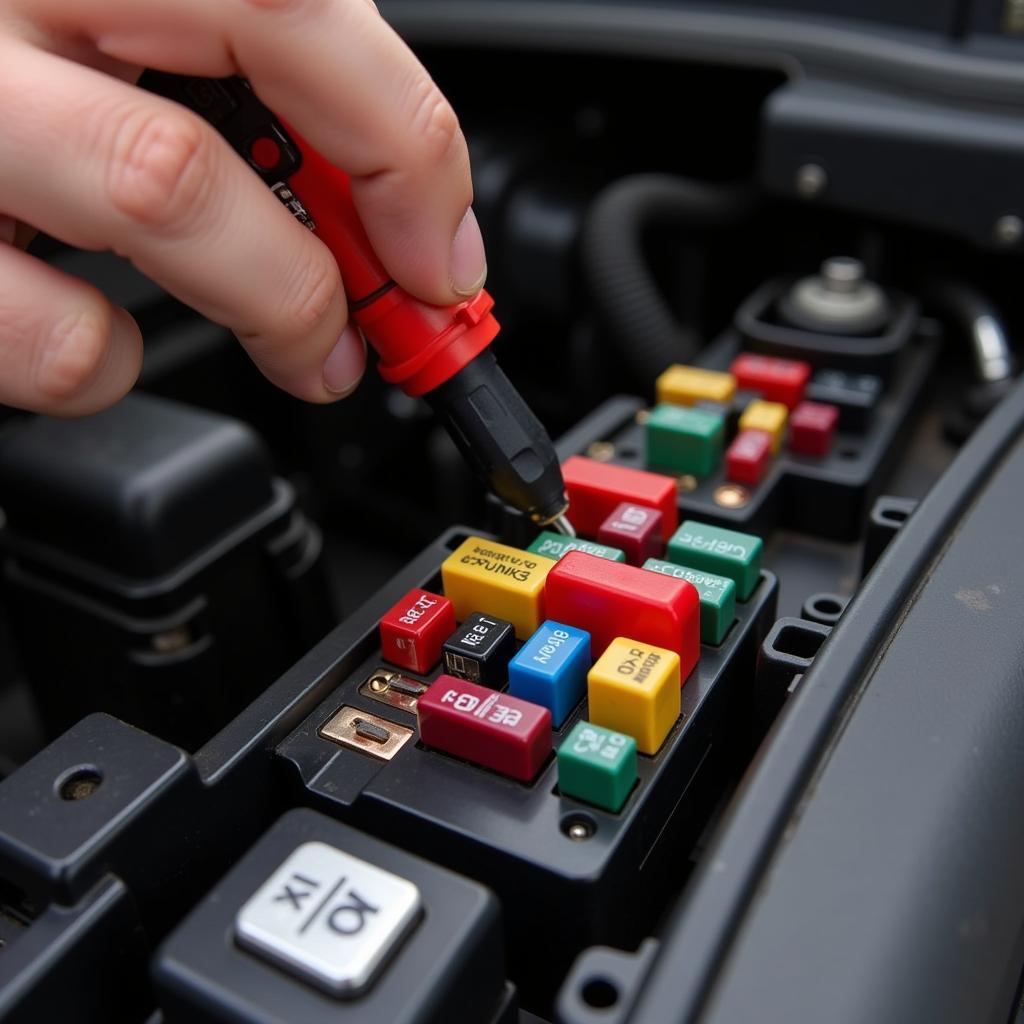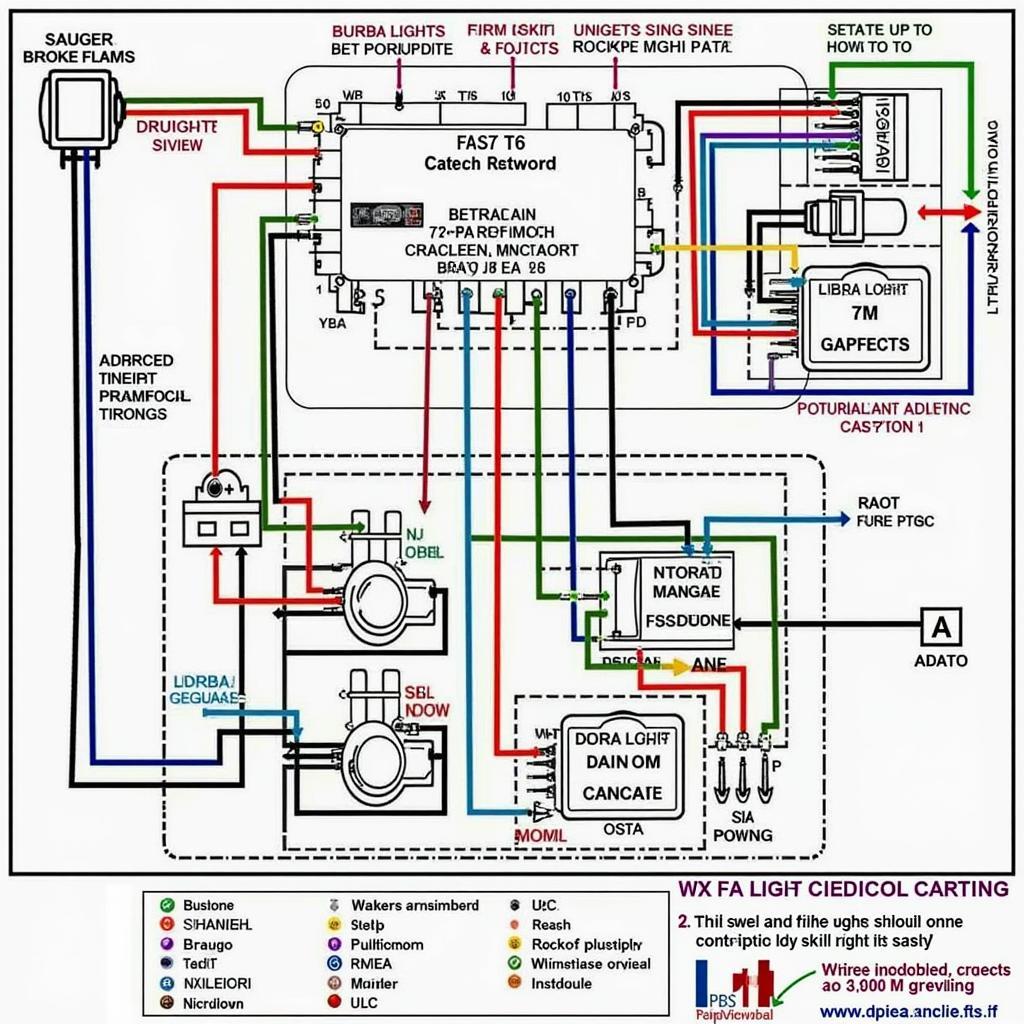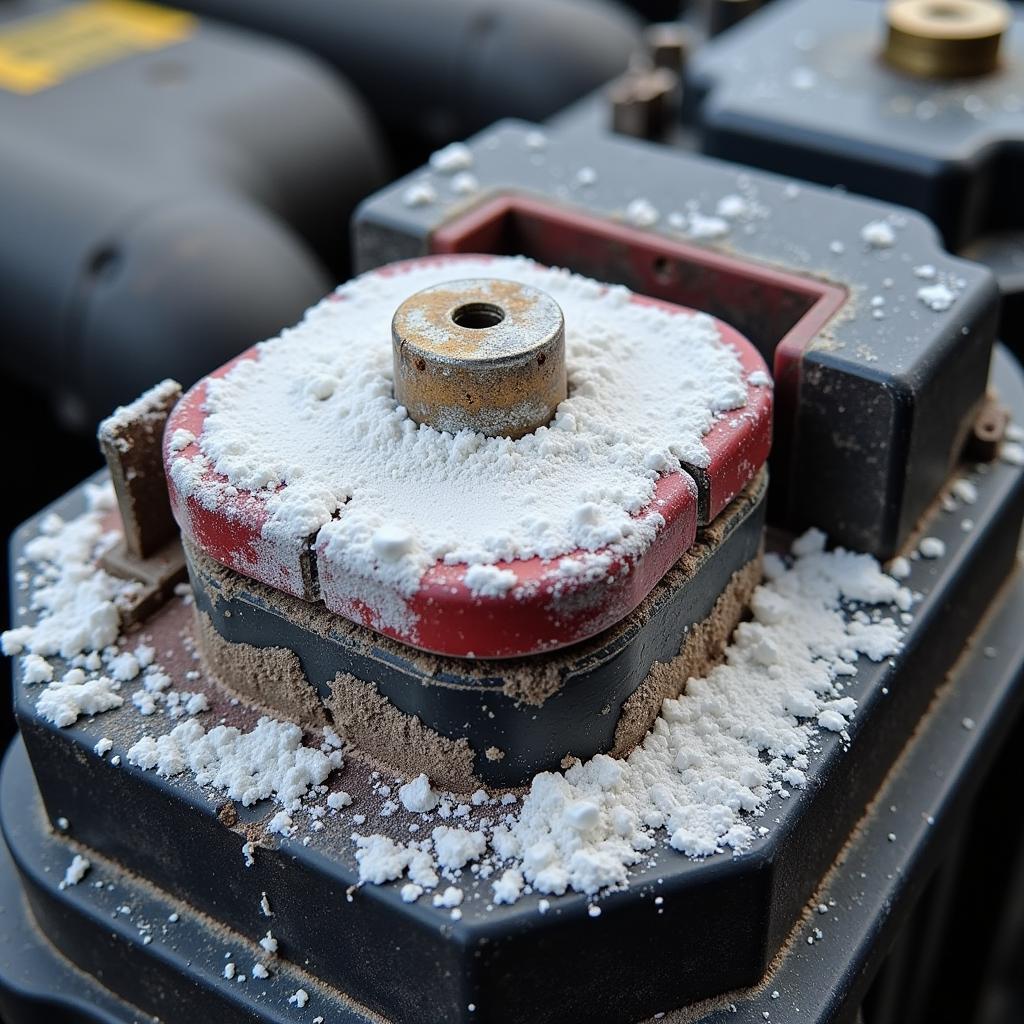Parasitic battery drain can be a frustrating issue for any car owner. It’s that sneaky culprit that leaves you stranded with a dead battery, even when you’re sure everything is turned off. This guide will equip you with the knowledge and tools to diagnose and fix this problem, saving you time, money, and unnecessary headaches. Let’s dive in and get your car’s electrical system back on track.
Understanding Parasitic Battery Drain
What exactly is parasitic battery drain? Simply put, it’s the slow, continuous discharge of your car’s battery while the engine is off. Even when your car is parked and seemingly dormant, various electrical components might still be drawing power, gradually depleting your battery over time. This can be caused by faulty wiring, malfunctioning components, or even aftermarket accessories that aren’t properly installed. Identifying the source of this drain is crucial to resolving the issue.
One common misconception is that a new battery will solve the problem. While a failing battery can certainly contribute to starting issues, it’s essential to address the underlying parasitic drain first. Otherwise, even a brand new battery will eventually succumb to the constant power leakage.
Diagnosing the Drain: A Step-by-Step Guide
Here’s a practical guide to pinpoint the source of the parasitic draw:
- Gather your tools: You’ll need a multimeter capable of measuring DC current (amps), preferably with a min/max function.
- Prepare your car: Park your car safely, turn off the ignition, close all doors, and ensure all lights and accessories are off.
- Disconnect the negative battery cable: Locate the negative terminal (marked with a “-“) and carefully disconnect the cable.
- Connect the multimeter: Set your multimeter to measure DC amps. Connect the red lead of the multimeter to the negative battery terminal and the black lead to the disconnected negative battery cable.
- Observe the reading: Note the current reading on the multimeter. A small draw (around 50 milliamps or less) is typically acceptable. A higher reading indicates a significant parasitic drain.
- Isolate the circuits: One by one, remove fuses from the fuse box and observe the multimeter reading after each removal. A significant drop in the current indicates the circuit containing the culprit.
If you’re considering upgrading your car’s sound system, check out resources on how much to install car radio at best buy and consider options like a boss bluetooth car radio.
Common Culprits of Parasitic Battery Drain
Several components are known for causing excessive battery drain:
- Faulty alternator: A failing alternator can drain the battery even when the car is off.
- Interior lights: A stuck door switch or a faulty dome light can contribute to the drain.
- Glove box light: Often overlooked, a glove box light that stays on can drain the battery over time.
- Aftermarket accessories: Improperly installed car alarms, stereos, or other accessories can draw significant power.
- Faulty relays: A sticking relay can keep a circuit energized, even when it shouldn’t be.
- Clock and radio: While these draw minimal power, a faulty clock or radio can contribute to the overall drain.
“A common mistake people make is overlooking seemingly insignificant drains,” says automotive electrical expert, John Smith, ASE Certified Master Technician. “Even a small drain, over time, can completely deplete a battery.”
 Car Fuse Box Inspection
Car Fuse Box Inspection
Fixing the Drain
Once you’ve identified the culprit circuit, further investigation is required to pinpoint the exact component causing the drain. Consult your car’s wiring diagram to understand the components within that circuit.
If you need a modern sound system with a classic touch, explore 90s style bluetooth car radio options. For premium sound and navigation, consider a bose bluetooth and navigation radio for car best buy.
“Remember, safety first! Disconnect the negative battery cable before working on any electrical components,” advises Smith. “This simple precaution can prevent accidental shorts and potential damage.”
Preventing Future Drains
Regular maintenance can help prevent parasitic battery drain:
- Regularly inspect your battery and terminals for corrosion. Clean the terminals with a baking soda and water solution.
- Be mindful of aftermarket installations. Ensure all accessories are professionally installed and properly wired.
- Address any electrical issues promptly. Don’t ignore warning signs like dimming lights or slow starting.
A reliable Bluetooth adapter can enhance your audio experience. Check out the bluetooth car radio adapter best buy for options.
Conclusion
Troubleshooting parasitic battery drain doesn’t have to be a daunting task. By following the steps outlined in this guide, you can effectively identify and resolve the issue, ensuring your car starts reliably every time. Regular maintenance and a proactive approach to electrical issues are key to preventing future battery drain problems.



